Cruise Liner-Size Asteroid Getting Closer To Earth Than Satellites
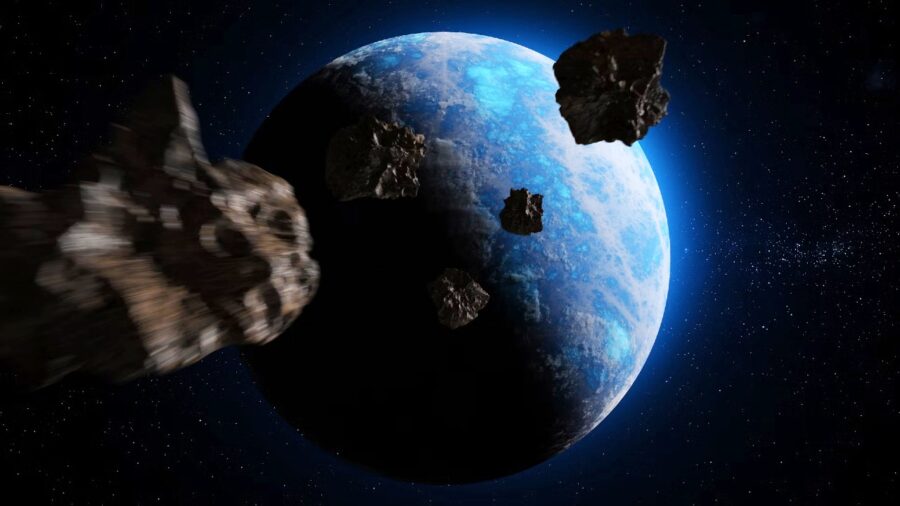
The asteroid Apophis, discovered in 2004, will come closer to Earth than most satellites. Measuring 1,230 feet across Apophis is larger than the world’s largest cruise ship.
Apophis
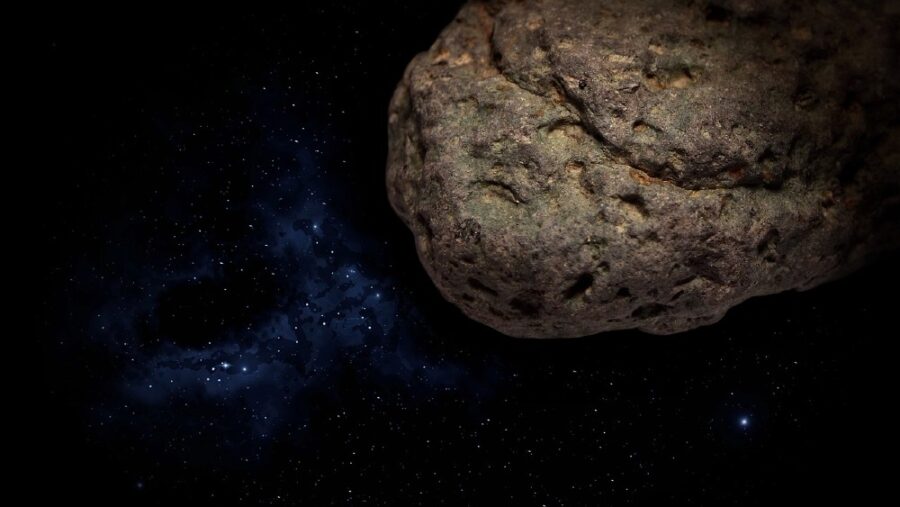
According to its trajectory, scientists have estimated that the asteroid will come to pass Earth on April 13, 2029. Though experts were previously concerned about impact, NASA’s Center for Near-Earth Object Studies ruled out Apophis posing any risk.
Apophis is categorized as an S-type or stony asteroid which are composed of silicate materials and nickel-ion. This type is the most common class of asteroids that could pose a threat to our planet.
Data taken from Apophis will help us understand their composition which will in turn help us create a course of action if an S-type asteroid is predicted to collide with Earth in the future.
Patrick Michel
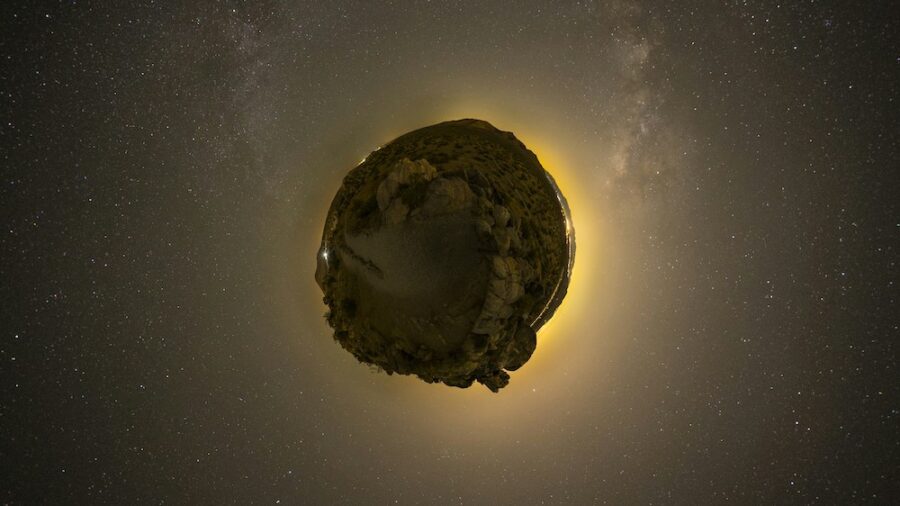
Patrick Michel, an astrophysicist and the director of research at the National Centre for Scientific Research in France spoke about how important this event is.
“There is still so much we have yet to learn about asteroids but, until now, we have had to travel deep into the Solar System to study them and perform experiments ourselves to interact with their surface,” he continues “For the first time ever, nature is bringing one to us and conducting the experiment itself.”
The European Space Agency
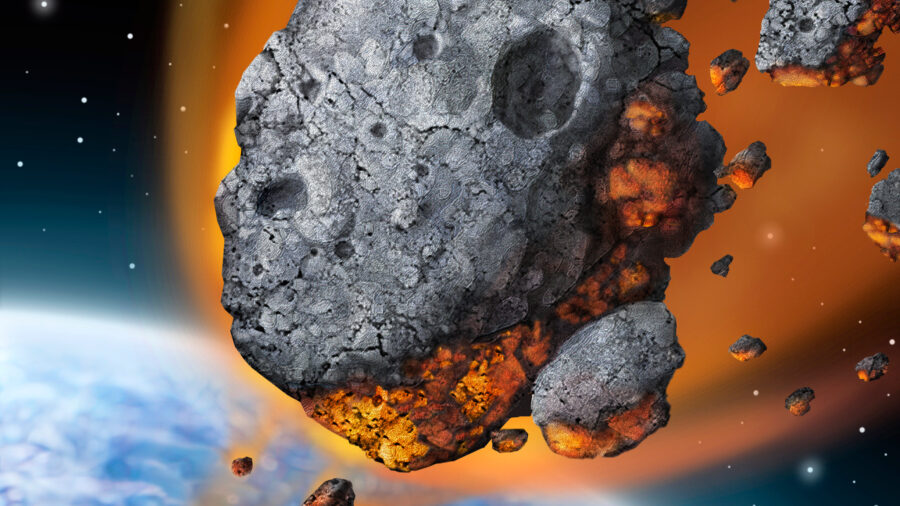
The European Space Agency (ESA) announced that its new spacecraft Ramses will accompany the asteroid along its pass of earth.
Since Apophis no longer poses any danger scientists hope to take advantage of this rare cosmic event to understand what happens when an asteroid interacts with Earth’s gravity. NASA will also be sending up a spacecraft to collect data.
The ESA hopes to launch Ramses well before the asteroid starts getting close, hoping to collect data before it is affected by our Earth’s atmosphere. An official decision on the launch date will be made in November 2025 at the ESA’s Ministerial Council.
However, the current speculation is that Ramses will want to arrive at the asteroid by February 2029, meaning they must launch in April 2028.
Richard Moissl
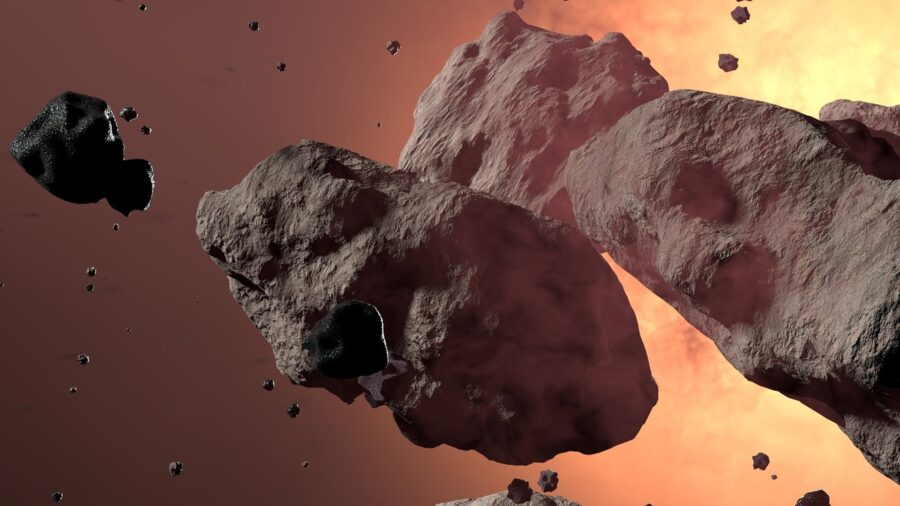
In a statement, Richard Moissl, lead of the ESA’s Planetary Defence Office spoke about the importance of this mission.
“Ramses will demonstrate that humankind can deploy a reconnaissance mission to rendezvous with an incoming asteroid in just a few years,” he continues “This type of mission is a cornerstone of humankind’s response to a hazardous asteroid…the results would be used to determine how best to redirect the asteroid or to rule out non-impacts before an expensive deflector mission is developed.”
OSIRIS-REx
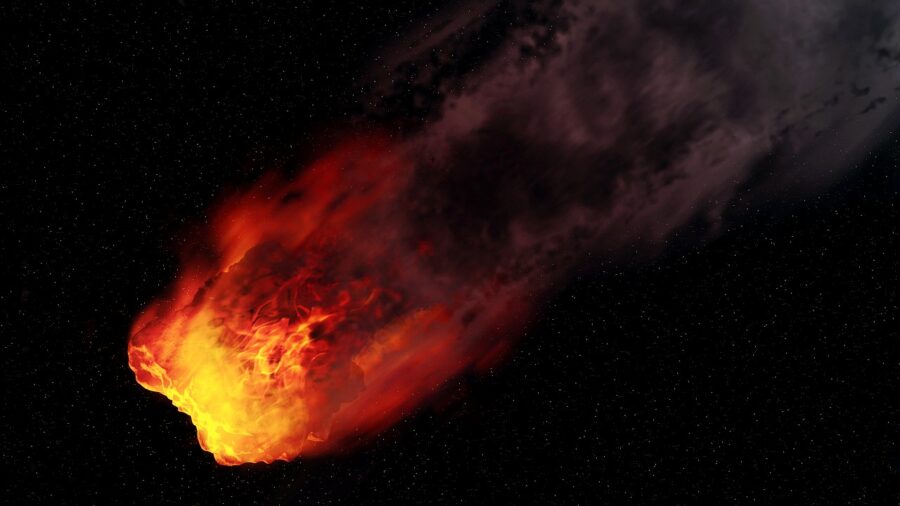
NASA will also be taking advantage of this opportunity with its OSIRIS-APEX mission, which plans to meet the asteroid shortly after its pass of Earth.
OSIRIS-REx, the spacecraft had previously spent the past several years following the asteroid Bennu and successfully delivered NASA’s first asteroid sample collected from space.
Since its collection capsule was already used for Bennu, for Apophis the craft will use its gas thrusters to kick up dust and small rocks.
Though at first the asteroid’s size and trajectory invoked fear now that most risk has been ruled out scientists across the world look forward to April 2029. Hopefully, with the combined efforts of the ESA and NASA, Apophis’ passing will prepare us for any future asteroid that may head our way.












